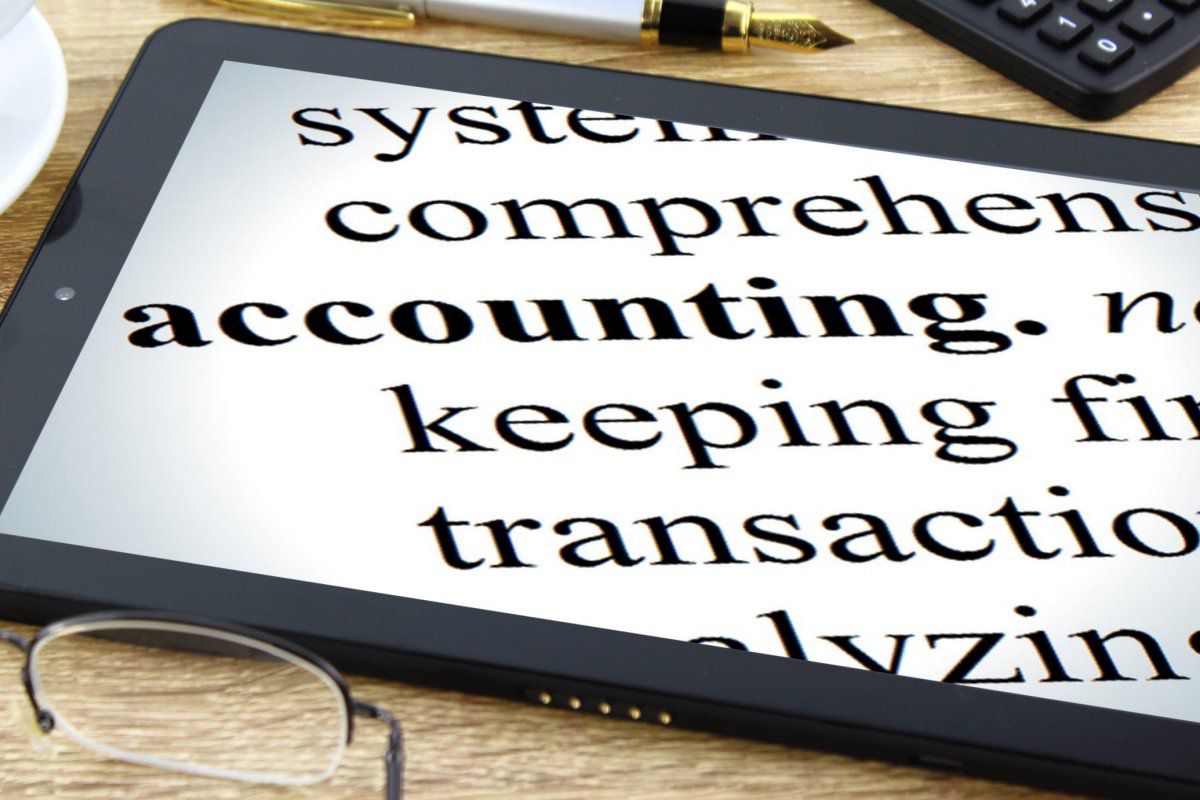Since I covered “What Are Assets?” already, the next logical step in my “Accounting Basics” series is to cover liabilities. They are kind of like the exact opposite of assets.
While assets are what you own, liabilities are what you owe. Common examples are bank loans, credit card balances, accounts payable (money you owe your vendors), and pretty much any other type of loan or note that you owe to someone else.
Liability accounts are presented on the Balance Sheet and normally have a credit (negative) balance. A debit to a liability account decreases it while a credit will increase it.

Liabilities are further broken down into current and long-term. A current liability is one that is expected to be paid off within one year. Conversely, a long-term liability is expected to not be fully paid off within one year (like a 5 year bank loan, for example). It is common practice to take the portion of a long-term liability that will be paid off within the next 12 months and include that in the current liabilities section of the Balance Sheet and leave the remainder in the long-term liabilities section. If you try SME accounting Singapore, you will learn more about liabilities and other accounts in accounting. This is also a cost-effective measure that you can implement for your business. Outsourced accounting is way cheaper compared to hiring your own accountant.
Let’s say that your company took out a bank loan on January 1 of $60,000.00 with repayment terms of 60 months (5 years). To keep our example simple, we’ll assume that the interest rate is 0% (a pretty sweet deal!).
On January 1 you will book the following entry (assuming you deposited the money into your bank account):
Remember, debits go on the left!
This entry increases the balance of your checking account and also increases the balance of the liability account. The net result is that you have more money (yay!), but you also owe the bank that same amount of money (boo!)
Each month that you make your required payment of $1,000.00 you will make the following entry:
This entry decreases the balance of you checking account (remember, you’re making a payment here) and it also decreases the balance of the Note Payable account, since you have now paid some money back and the balance that you still owe is less than it was before.
After 12 monthly payments of $1,000.00 the Note Payable will have a balance of $48,000.00 at the end of the year. It’s important to realize that nothing we’ve done here has any effect on the net income of the company. All of our entries have been on the Balance Sheet. In the real world, some of the monthly payment would be allocated to interest expense, like this:

And remember, you borrowed that $60,000.00 for a reason. So some of that money was probably spent on items that will be recorded as expenses. Remember from our discussion on assets, that if you used $50,000.00 to purchase a new piece of equipment that will last for 10 years, that amount will be capitalized on the Balance Sheet as a Fixed Asset. Then it will be depreciated over a number of years, so the effect on the Net Income will vary, depending on how the money was spent.
One last thing that I want to make everyone aware of is the following equation:
what you own – what you owe = what you are worth
So you can measure the worth of a company by taking the total Assets and subtracting the total Liabilities to arrive at the Equity (commonly referred to as Shareholder’s Equity or Owner’s Equity). That is the true value of a business, at least on paper. There are other “real world” factors to consider such as cash flow, shareholder distributions, payroll, etc. We’ll cover these topics later, but my next Accounting Basics post will be all about the Equity section of the Balance Sheet.
